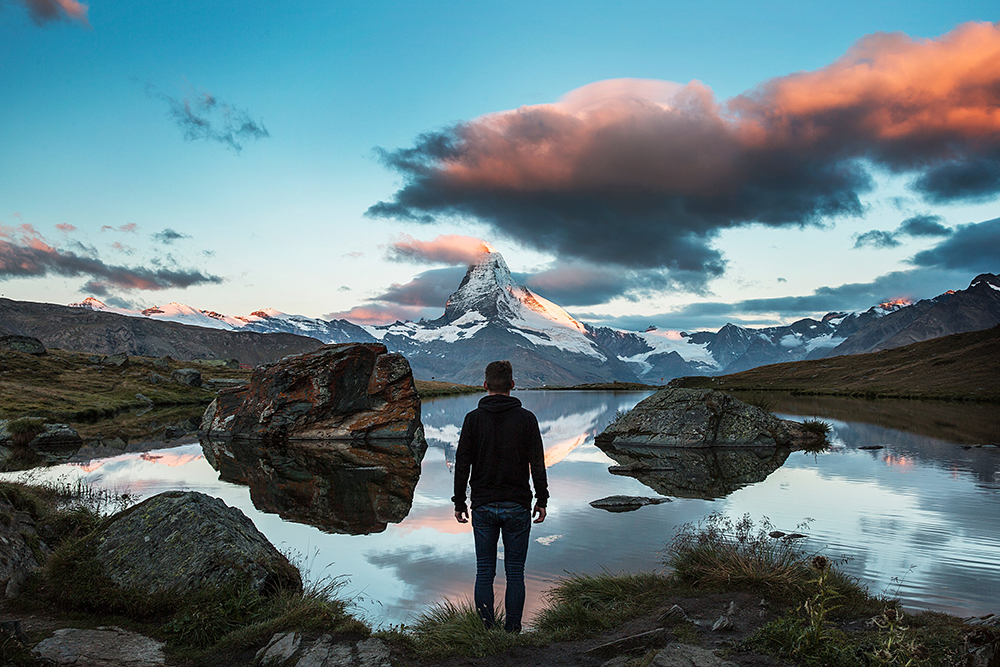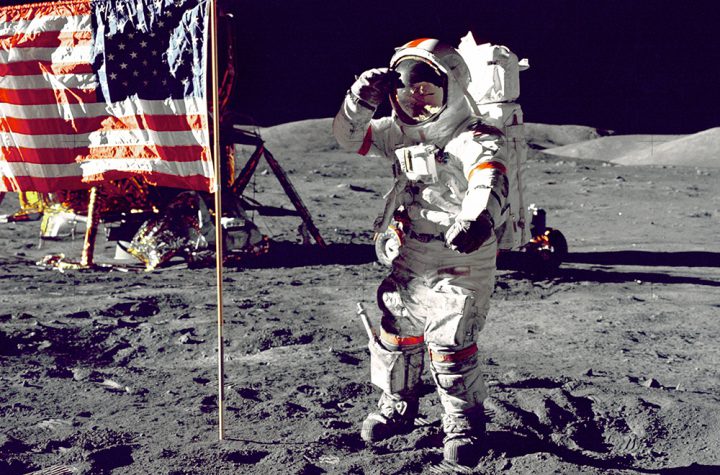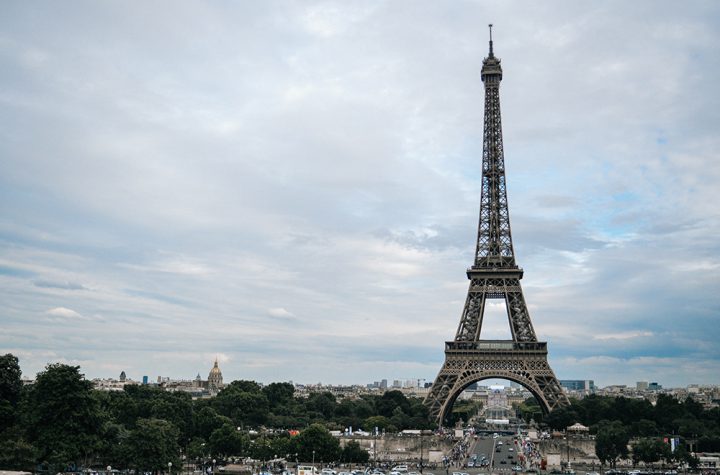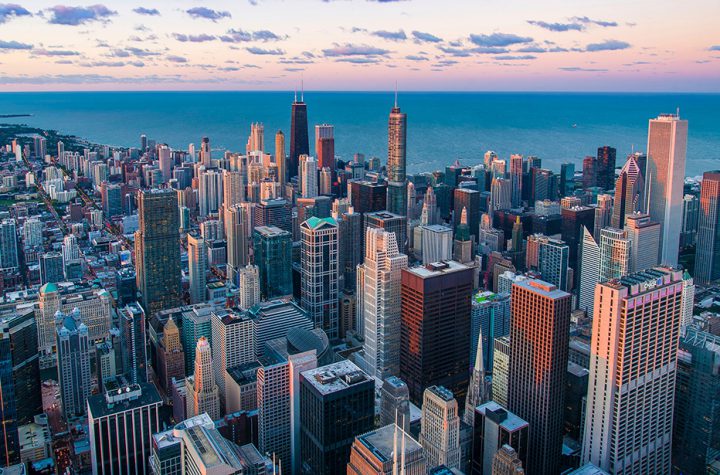
More than 60m Americans have already cast their ballots in the US presidential election amid a surge in early voting due to the pandemic, pointing to massive turnout despite fears that Covid-19 would dampen participation.
According to data from the US Elections Project, more than 63m Americans had voted as of Monday evening, either by returning their mail-in ballots or attending an early polling station in person. That represents an increase of 4m more early votes than were cast in all of 2016.
With a week to go until election day, the number of early votes in some states is even on track to surpass the entire number of ballots cast four years ago.
In Texas, for instance, 7.4m people have already voted, equivalent to more than 80 per cent of the total number of votes cast at the last presidential election. The early vote in three Texas counties — Denton, Williamson and Hays — has already surpassed the total 2016 vote, according to Dave Wasserman, an editor at the Cook Political Report.
“There were many concerns about election officials’ ability to conduct an election during a pandemic,” wrote Michael McDonald, a University of Florida academic who runs the US Elections Project. “Not only are people voting, but they are voting over a longer period of time, thereby spreading out the workload of election officials.”
What we know is that we’re headed for a monster turnout in 2020 and that both parties’ voters are highly engaged and motivated to vote
Dave Wasserman, Cook Political Report
The explosion of early voting comes after officials in many states made it easier to cast a ballot ahead of election day owing to the potential dangers of attending a crowded polling station at a time when the virus is spreading rampantly.
However, it is also a sign of massive voter enthusiasm ahead of an election that has been described as one of the most important in US history by President Donald Trump and his Democratic rival Joe Biden.
Mr Biden has a national lead of 8.5 points, according to an FT analysis of polling averages from RealClearPolitics, while he is also ahead in most battleground states, albeit by a smaller margin.
“What we know is that we’re headed for a monster turnout in 2020 and that both parties’ voters are highly engaged and motivated to vote,” Mr Wasserman said in a podcast on Monday hosted by Mehlman Castagnetti Rosen & Thomas, the lobbying group.
The record early voting numbers are in part the product of a huge voter turnout effort by civic activist groups, states and the two main political parties, which have poured millions of dollars into voter education this year.
Democrats have encouraged Americans to vote as early possible either by mail or in person due to the unpredictability of the pandemic and concerns about long queues on election day. Republicans have also called on their supporters to vote early, although that message has been complicated by Mr Trump’s repeated attacks on mail-in voting, which he erroneously claims is rife with fraud.
The dramatic rise in early voting comes despite efforts by some officials to make it more difficult to cast a ballot before election day. In Texas, for instance, Governor Greg Abbott has limited each county to a single location where voters can drop off their early ballots.
The parties’ differing approaches to mail-in ballots have resulted in an early lead for the Democrats, according to a predictive analysis by the data firm TargetSmart. It found that Democrats had cast 49.4 per cent of early ballots as of Monday, while Republicans had cast 40.8 per cent of them.
Geoff Garin, a Democratic pollster, noted that TargetSmart’s data suggested a sharp increase in “new” voters that did not cast a ballot in 2020.
Recommended
“With over 14m non-2016 voters already having voted early this year, we are looking at a huge expansion of the electorate, and the data so far indicate the expansion is working to the benefit of Joe Biden and other Democrats,” Mr Garin said.
Democrats are hopeful that higher turnout in 2020 could help them reassemble the victorious “Obama coalition” that helped them win the White House in 2008 and 2012. In 2016 just 55.5 per cent of the voting-age population cast a ballot, whereas in 2008 the percentage was 57.1 per cent.
Larry Sabato, director of the University of Virginia’s Center for Politics said: “These early-voting people are heavily Democratic in many key states because they are worried that Trump . . . will find ways to keep their vote from counting.”
He added: “While the heavy early vote is good news for Democrats, it does not automatically prove Democrats will prevail, since Republicans will be voting disproportionately on election day itself.”
Recommended
Whit Ayres, a Republican strategist, said it was impossible to glean much insight from analysing early voter data, apart from the fact that the country was on “the verge of the highest turnout ever in a US presidential election”.
He added: “Democrats are voting early by mail, and Republicans are far more likely to vote in person on election day, so early voting data tells you nothing about how the election will turn out.”
The explosion in early voting could result in a delay in establishing the victor of the election. Some states, including battlegrounds such as Pennsylvania and Wisconsin, will not start counting mail-in ballots until election day, meaning the tabulation process could last for several days.
That means the early vote counts — which will disproportionately include election day votes — could show Mr Trump with a lead that might narrow or even disappear as mail-in ballots are counted.
“Big problems and discrepancies with mail-in ballots all over the USA. Must have final total on November 3,” Mr Trump said in a tweet on Monday.
Swamp notes
In the countdown to the 2020 election, stay on top of the big campaign issues with our newsletter on US power and politics with columnists Rana Foroohar and Edward Luce. Sign up here





More Stories
US star Megan Rapinoe tells BBC Sport about how taking a knee jeopardised her international career, and what the future holds for women’s football.
Australia’s corporate watchdog is in limbo as the Morrison government awaits the Thom review before deciding the fate of both ASIC and its chairman, James Shipton.
Researchers at Columbia Engineering found that alkali metal additives, such as potassium ions, can prevent lit